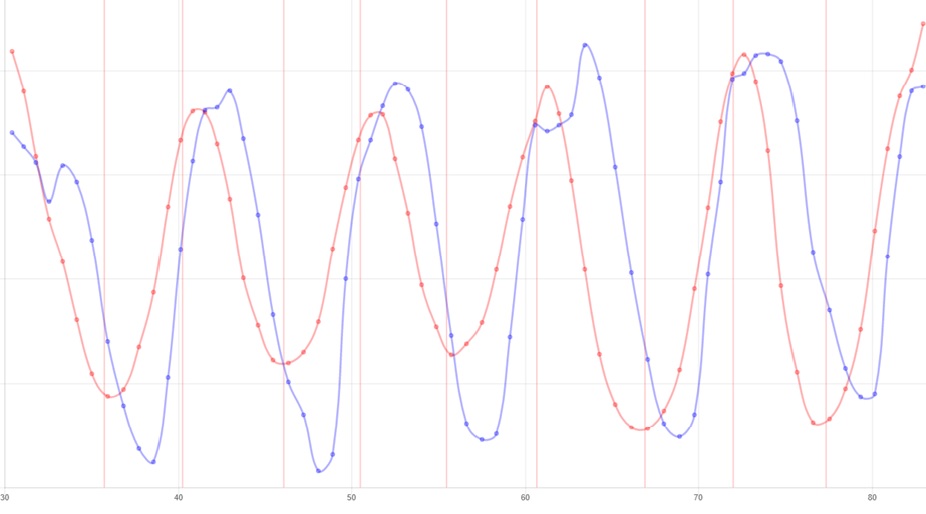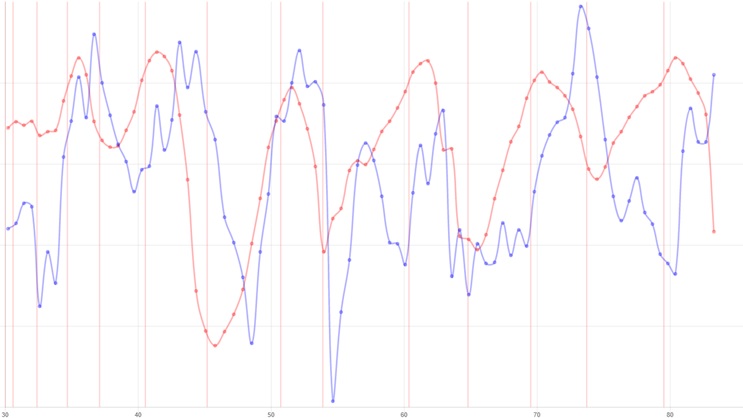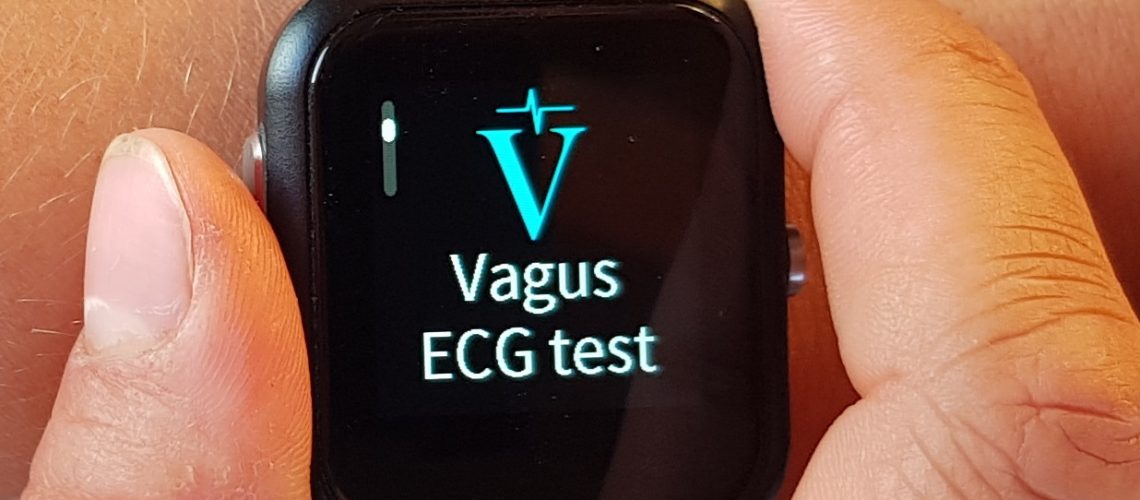Many who follow their health or use sports trackers are fans of Heart Rate Variability (HRV). When I ask them why – they cite blogs and state that it is a physiological phenomenon of the variation of the time interval between consecutive heartbeats and that it is better if the variation is high. If pressed, some – who have read Wikipedia – maybe remember it’s horribly messy and bad descriptions like SA-nodes and interaction between the sympathetic and parasympathetic nervous system. Forget those explanations – they do not make anyone wiser.
In the beginning I also used these explanations – but as a curious engineer – I wanted to know why? I used HRV a lot but I did not understand it. Little did I then realize that I would fully understand it only after starting yoga practice, meditation and a breathing practice with the strange name ‘Pranayama’ (Slow Breathing in English ?). One day I did Pranayama while measuring my hand-to-hand electrocardiogram (ECG) and to my great surprise I could see not only that the pulse move up and down with the same speed as my slow breathing – but I could also see that the pulse measurement voltage amplitude was increasing and decreasing the same time as I inhaled and exhaled. At that moment I realized that I could measure both true heart rate variation AND breathing from the same ECG measurement. It was the first time in my life I could ‘see’ my HRV and connect it to its source – my breathing!
HRV turned out to be much simpler than what sports-watch blogs and Wikipedia told me. Our bodies are built to last long and they have a great built-in energy optimization module – the Vagus nerve. It is the ‘master Jedi of nerves’ and it makes the heart rate vary. As long as you are not chased by a lion or are sick from Coronavirus – it will do its best to ensure that you get enough oxygen without wasting your energy. Like a Mercedes on energy saving mode – it gives more gas while going uphill and then puts the gear on free during downhill. For the body this means that the vagus nerve lets the heart speed up when inhaling (you have more oxygen in the lungs) – and slows down when exhaling. This – the Vagus nerve energy saving functionality – is saving your life.
Many thousands of tests later I finally had the ‘product’ ready for this – the Vagus ECG Test. During the first 30 seconds of the test, the user breathes normally and during the last 60 seconds – the watch instructs the user when to inhale and exhale (5 sec inhale and 5 sec exhale). It is a very simple test – and it tells us how your vagus nerve is doing.
Example 1: If your vagus nerve works as it should and you are in great shape, the heart rate and respiration can look like this when doing the controlled breathing (blue line = breathing, red line = heart rate).

Example 2: If you are sick, it can look like this:

The most important thing we follow with the Vagus ECG Test is how well the vagus nerve manages to synchronize the heart rate to breathing. We call this the Respiratory Sinus Arrhythmia Synchronization index – RSAsync. In the first graph, the RSA sync was near perfect – at 93 but in the lower graph it was only 37.
As you can imagine, we can also estimate a lot of other things about your health from this and data that we collect with the Vagus ECG watch. When you test it yourself, I will tell you more.
Try not to get sick, help others to stay well and may the Vagus Nerve force be with you ?
Gustaf


This Post Has 2 Comments
Many with Parkinson’s Disease are intrigued by this. Want any more guinnea pigs?
Thanks. Lets talk – Ill email you.